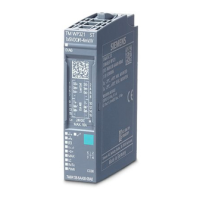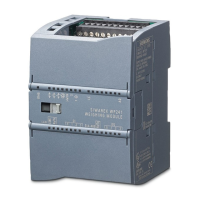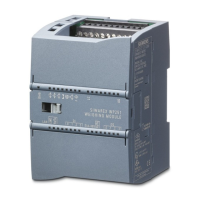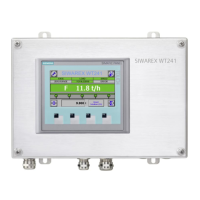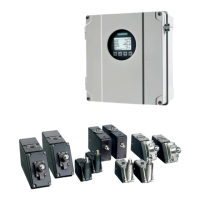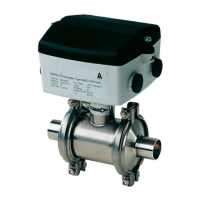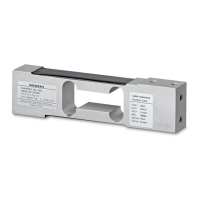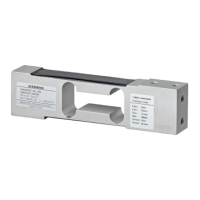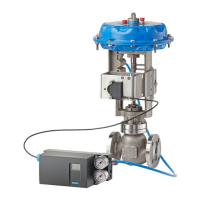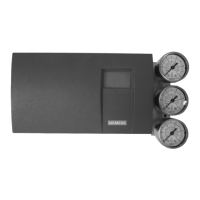Description
3.4 Mode of operation
SIPART PS2 with and without HART
26 Operating Instructions, 10/2013, A5E00074631-11
Mode of operation
Control loop
The electropneumatic positioner forms a control loop with the pneumatic drive:
● The actual value x represents the position of the drive spindle for linear actuators or the
position of the drive shaft for part-turn actuators.
● The control value w represents the positioning current of a closed-loop controller or a
manual control station from 0/4 to 20 mA.
The lifting or rotary movement of the actuator is transferred to a potentiometer using suitable
attachments, positioner axis and a backlash-free, switchable gear drive, and then to the
analog input of the microcontroller. The current position can also be forwarded to the
positioner using an external sensor. A
on-
ontacting Position
ensor (NCS) is used to
record the lifting or rotation angle directly on the actuator.
The microcontroller:
● Corrects the angle error of the shaft pick-up if necessary.
● Compares the potentiometer voltage as actual value x with the setpoint w. The setpoint w
is connected to terminals 6 and 7 by means of PROFIBUS communication.
● Calculates the manipulated variable increments ±∆y.
The piezo-controlled inlet or exhaust air valve is opened depending on the magnitude and
direction of the control deviation (x-w). The actuator volume integrates the controller
increment for the actuating pressure y which is proportional to the drive rod or the drive
shaft. This controller increment change the actuating pressure until the control deviation
becomes zero.
Pneumatic actuators are available in single and double-acting versions. In a single-acting
version, only one pressure chamber is ventilated and depressurized. The pressure
developed works against a spring. In a double-acting version, two pressure chambers work
against each other. Ventilating the volume of one chamber simultaneously depressurizes the
volume of the other.
Block circuit diagram for signal-acting or dual-acting drives (Page 28)
